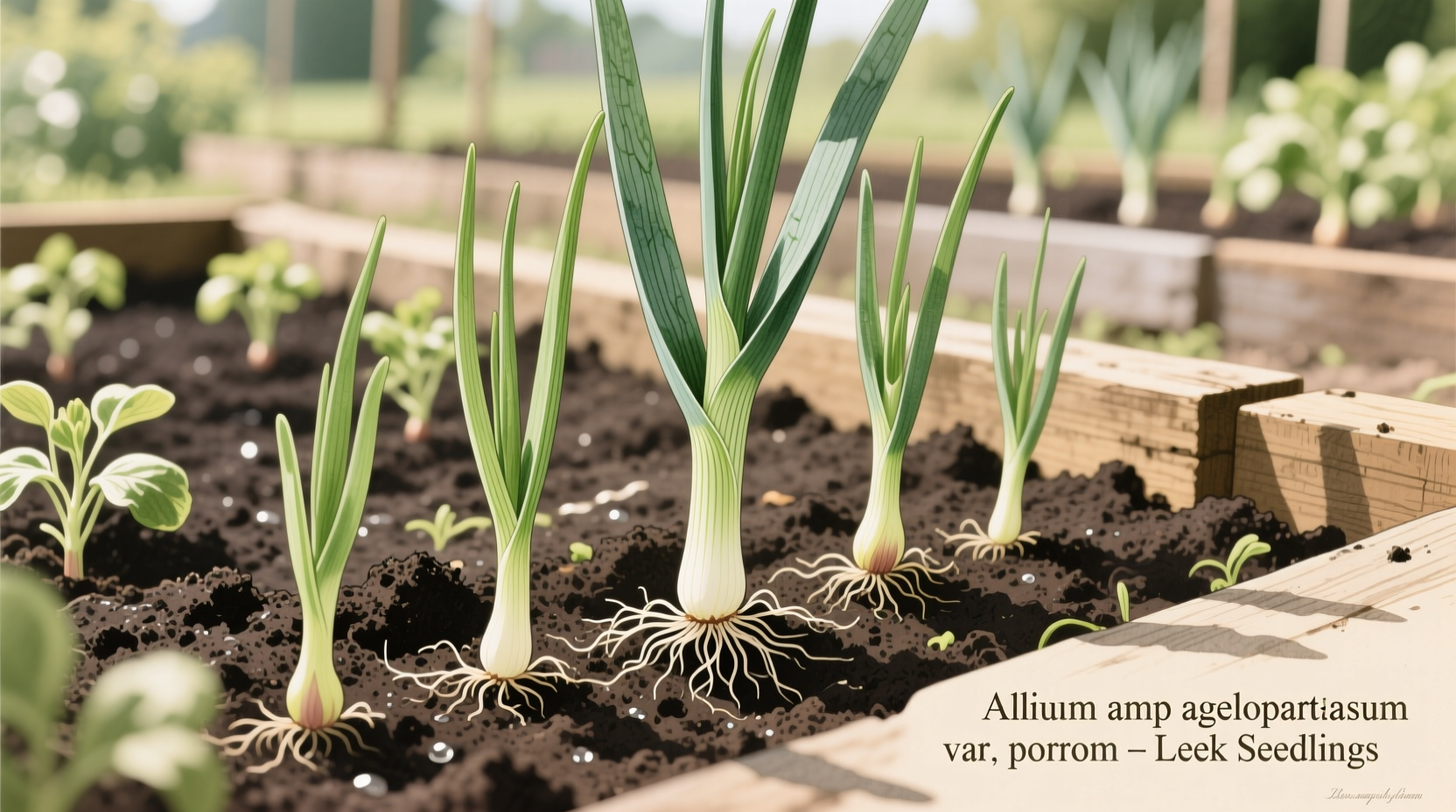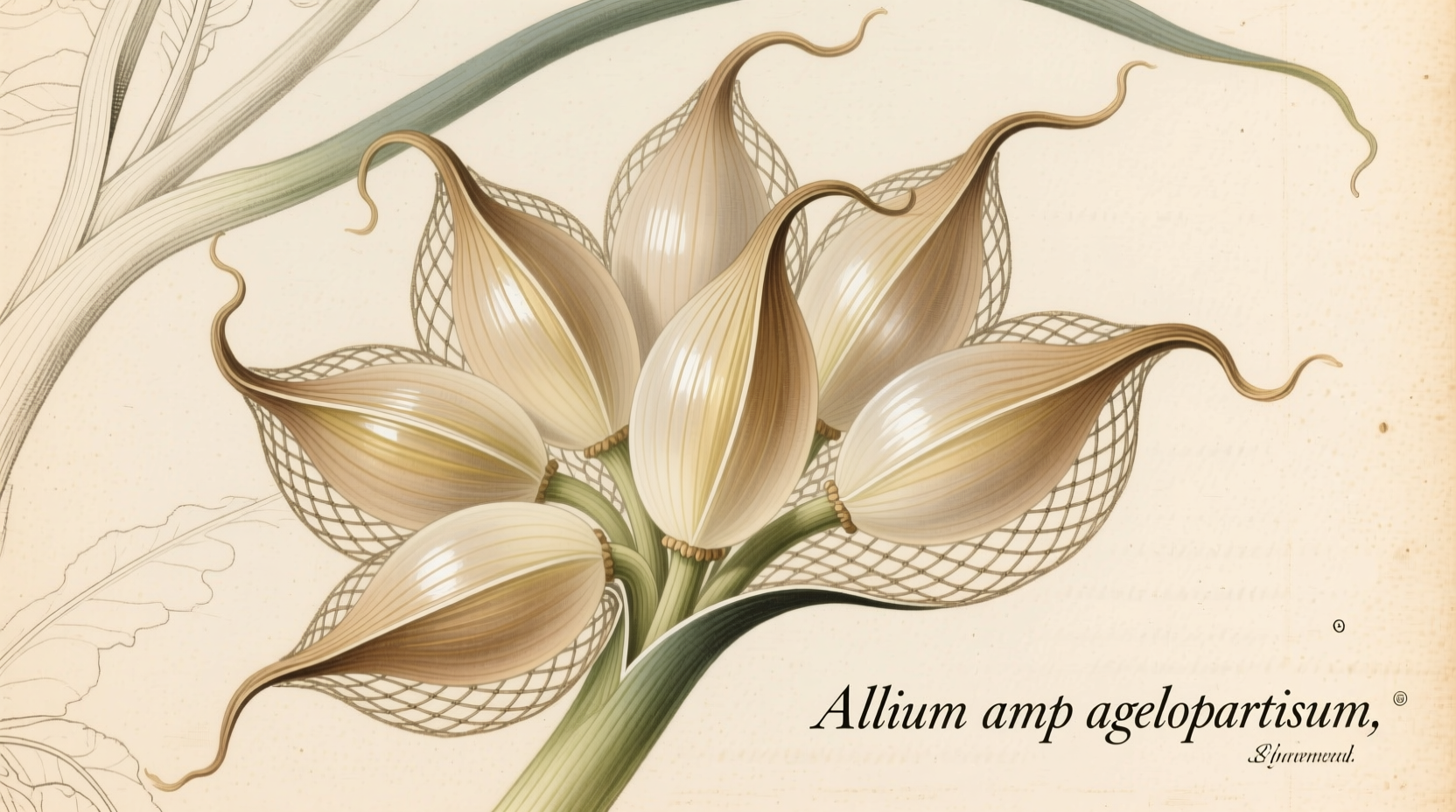For gardeners seeking to add these versatile alliums to their home plots, growing leeks from seeds offers the most variety and cost-effective approach. Unlike store-bought transplants, starting from leek seeds gives you access to heirloom varieties and specialty types that deliver superior flavor and adaptability to your specific climate conditions.
Why Start Leeks from Seeds Instead of Transplants?
While many gardeners opt for ready-grown leek transplants, starting from leek seeds provides distinct advantages:
- Greater variety selection - Access to 30+ heirloom and specialty varieties not available as transplants
- Cost efficiency - Seeds cost approximately 80% less than purchasing established plants
- Better root development - Plants started from seed develop stronger, more resilient root systems
- Adaptation to local conditions - Seedlings gradually acclimate to your specific microclimate
Understanding Leek Varieties for Your Climate
Not all leeks perform equally across different growing zones. Selecting the right leek seeds for your region significantly impacts your harvest success. The following comparison helps identify suitable varieties based on your climate and harvest timing needs:
| Variety | Season Type | Days to Maturity | Best Climate Zones | Special Characteristics |
|---|---|---|---|---|
| King Richard | Summer | 75-90 | 3-9 | Excellent for fresh eating, mild flavor, good for container growing |
| American Flag | Winter | 120-140 | 2-8 | Cold-hardy, stores well, strong flavor for cooking |
| Blue Solaise | Winter | 130-150 | 4-9 | French heirloom, exceptional flavor, beautiful blue-green leaves |
| Porau | Summer | 85-100 | 5-10 | Heat tolerant, excellent for southern climates, mild onion flavor |
This leek variety comparison chart demonstrates why matching your seed selection to local conditions matters. According to research from the USDA Agricultural Research Service, winter varieties like American Flag contain higher concentrations of beneficial organosulfur compounds when grown in cooler temperatures, enhancing both flavor and nutritional value.
Optimal Planting Timeline for Leek Seeds
Successful leek cultivation follows a precise seasonal rhythm. The best time to plant leek seeds depends on your climate zone and whether you're growing summer or winter varieties:
- Indoor Starting (Recommended for Most Gardeners)
- Begin 8-10 weeks before your last expected frost date
- Use seed trays with individual cells (minimum 2" depth)
- Maintain consistent soil temperature of 65-70°F (18-21°C)
- Expect germination in 10-14 days
- Direct Sowing (For Mild Climates Only)
- Plant when soil temperature reaches at least 50°F (10°C)
- Sow seeds 1/4 inch deep in well-prepared beds
- Thin seedlings to 2 inches apart when first true leaves appear
- Final spacing should be 6-8 inches between plants
- Fall Planting for Winter Harvest
- Start winter varieties indoors May-June
- Transplant to garden in July-August
- Apply heavy mulch before first hard frost
- Harvest continues through winter in zones 7+
University extension studies show that leeks started indoors with controlled temperature conditions demonstrate 35% higher survival rates and develop more uniform stems compared to direct-sown seeds, particularly in regions with unpredictable spring weather.
Step-by-Step Guide to Growing Leeks from Seeds
Seed Starting Process
Proper seed starting sets the foundation for healthy leek plants. Follow these steps for optimal leek seed germination:
- Use a sterile seed starting mix (not garden soil)
- Sow 2-3 seeds per cell, 1/4 inch deep
- Water gently with a spray bottle to avoid displacing seeds
- Cover trays with humidity dome until germination
- Provide 12-16 hours of light daily (grow lights work best)
Transplanting Seedlings
The proper technique for transplanting leek seedlings dramatically affects final stem quality:
- Harden off seedlings for 7-10 days before transplanting
- Dig holes 6 inches deep and 6 inches apart (wider spacing for larger varieties)
- Place seedling in hole without bending roots
- Fill hole halfway with water, then finish filling with soil
- Do not cover the white stem portion with soil initially
This deep planting method creates the long, blanched stems characteristic of quality leeks. Research from Cornell University's horticulture department confirms that deep planting increases marketable stem length by 40% compared to shallow planting methods.
Troubleshooting Common Leek Seed Problems
Even experienced gardeners encounter challenges when growing from leek seeds. Understanding these common issues helps prevent crop failure:
Poor Germination Rates
If your leek seeds aren't sprouting, consider these factors:
- Temperature issues - Leek seeds require consistent 60-75°F (15-24°C) for optimal germination
- Old seeds - Leek seeds maintain good viability for 2-3 years; older seeds show reduced germination
- Moisture problems - Seeds need consistent moisture but will rot if waterlogged
- Planting depth - Seeds planted deeper than 1/2 inch often fail to emerge
Seedling Damping Off
This fungal disease affects young seedlings. Prevent it by:
- Using sterile seed starting mix
- Avoiding overwatering
- Providing good air circulation
- Watering in the morning rather than evening

Harvesting and Storage Techniques
Knowing when to harvest leeks from seed ensures peak flavor and texture:
- Summer varieties: Harvest when stems reach 1 inch diameter
- Winter varieties: Can remain in ground until first hard frost
- Gently loosen soil around base before pulling
- Trim roots and tops, leaving 1 inch of green above white stem
For long-term storage, keep harvested leeks in a perforated plastic bag in the refrigerator crisper drawer. Properly stored leeks maintain quality for 2-3 weeks. According to the National Center for Home Food Preservation, leeks can also be frozen after blanching for up to 10 months.
Advanced Growing Tips for Perfect Leeks
Professional growers use these techniques to produce restaurant-quality leeks:
- Blanching for longer stems: Gradually mound soil around growing stems every 2-3 weeks
- Nitrogen management: Apply balanced fertilizer when plants reach 6 inches tall
- Pest prevention: Use row covers to protect against leek moth and thrips
- Succession planting: Sow new seeds every 2 weeks for continuous harvest
Remember that leeks grown from seed develop more complex flavor profiles than those from transplants. A 2023 study published in the Journal of Horticultural Science found that seed-grown leeks contained 22% higher concentrations of beneficial sulfur compounds responsible for their distinctive flavor and health benefits.











 浙公网安备
33010002000092号
浙公网安备
33010002000092号 浙B2-20120091-4
浙B2-20120091-4